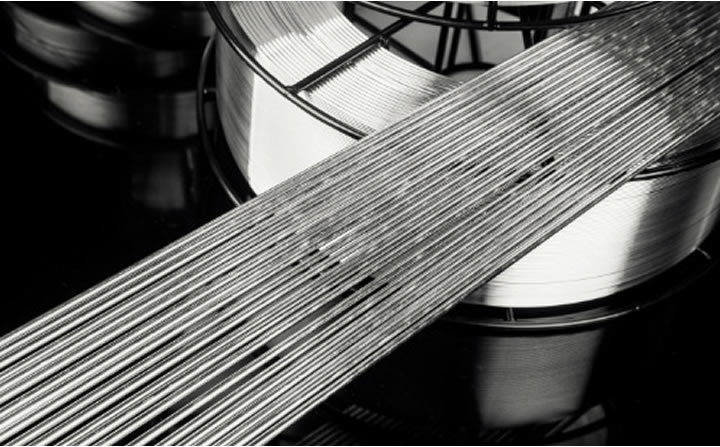Welding rods or electrode, whatever you want to call them, it’s a piece of metal. This is your filler metal, and it is also the outer flux that causes that gaseous cloud to cover your weld so that there’s no Oxygen or water or any contaminants get inside and ruin the weld. So it’s an essential element of the overall welding process.
So let’s go ahead and get started. Let’s talk about how to choose the welding rod for your specific task.
Learn How to choose welding rod
To choose a welding rod, you must know the size, type, tensile strength, and flux coating of the rod. It will surely help you decide the best welding rods for your job. For more information, you can check out weldinghubs.com
Welding rod sizes
The welding rod comes in multiple different sizes. It comes in 1/16 inch, 3/32 inch, ⅛ inch, 5/32 inch & 3/16inch. The 3/32 & ⅛ inch are the most popular sizes of welding rods that people will use. Stick welding is more used in the field pipelines, big-time structural welding, etc.
The most commonly used welding rods
So there are two main types of welding rods out there 6010 & 7018. The rod 7018, It’s mainly used for structural welding such as Pipelines. If you’re going to walk around and look at welds, you probably see 7018 welds. The second Rod 6010 is popular with doing some projects like pressure vessels, open Root type stuff, and trendy on farms because you can weld through some pretty nasty stuff such as rust and even paint. This rod can weld through some light moisture.

Those are the most popular ones and almost 95 to 98% of Americans welds with those rods in some way or another. So what does this number represent? Let’s have a look.
Welding rod specification.
So let’s start with the 7018 Rod. So if you look at it, you can see E-7018 H4 R.
Tensile strength: The E represents the electrode. The number 70 indicates tensile strength.
It can be 70 or 60 or 120, and you just have to decide which one fits your project the best. By the way, the 70 here would be 70,000 tensile strength.
Welding position: So let’s go ahead and move on to the following number. In 70(1)8, The number 1 indicates what kind of welding positions you can be welding that specific rod in.
Now, remember welding rod can be done in flat, horizontal, vertical up, vertical down, and overhead. So the number 1 indicates you can weld it flat, horizontal, vertical up, and overhead. Now, there are three different types of numbers that are going to be here.
There’s going to be 1 or 2 or 4. So now the “2” indicates that it is a flat & horizontal bead. The rod with the number “4” can do all of the positions except it can’t weld vertical up. It can only weld vertically down. It’s crucial to make sure that you understand those numbers very clearly.
Flux coating: So the next number in 701(8) is 8. The 8 stands for what the makeup of that flux coating actually is. The 8 is low hydrogen with an iron powder in it. It’s also called hydrogen rods. There are actually nine different possibilities for what that rod flux covers and can be made of its most popular to see a zero or an 8, but there are multiple types.
0 is going to be a cellulose potassium-based flux, and It’s going to be a lot more volatile. Moreover, It’s going to be a lot more spatter & more motion. By knowing what the flux is made of, you can determine what kind of voltage we will be using. It could be AC or DC (+Ve or -Ve).
Grade: Now the 7018 H4 R. The H4 and the R are separate & they mean two totally different things. You can see an M possibly from the military. Now the H4 stands for diffusible hydrogen parts per million. If it’s got that, it’s just a bonus. Its increased strength and ductility
Final words
The article’s objective was to give you an in-depth idea of Rod specification, What are they used for & Rod sizing. I hope now you know How to choose welding rod. Keep your welding rods away from moisture, and you can use a welding rod oven for better storage. Wishing you the best of luck with your welding.

